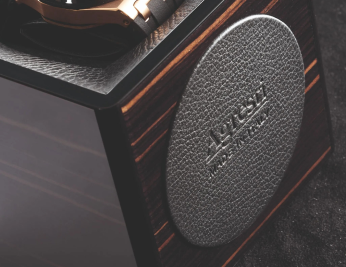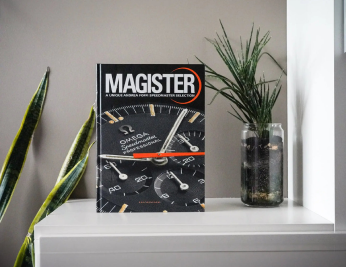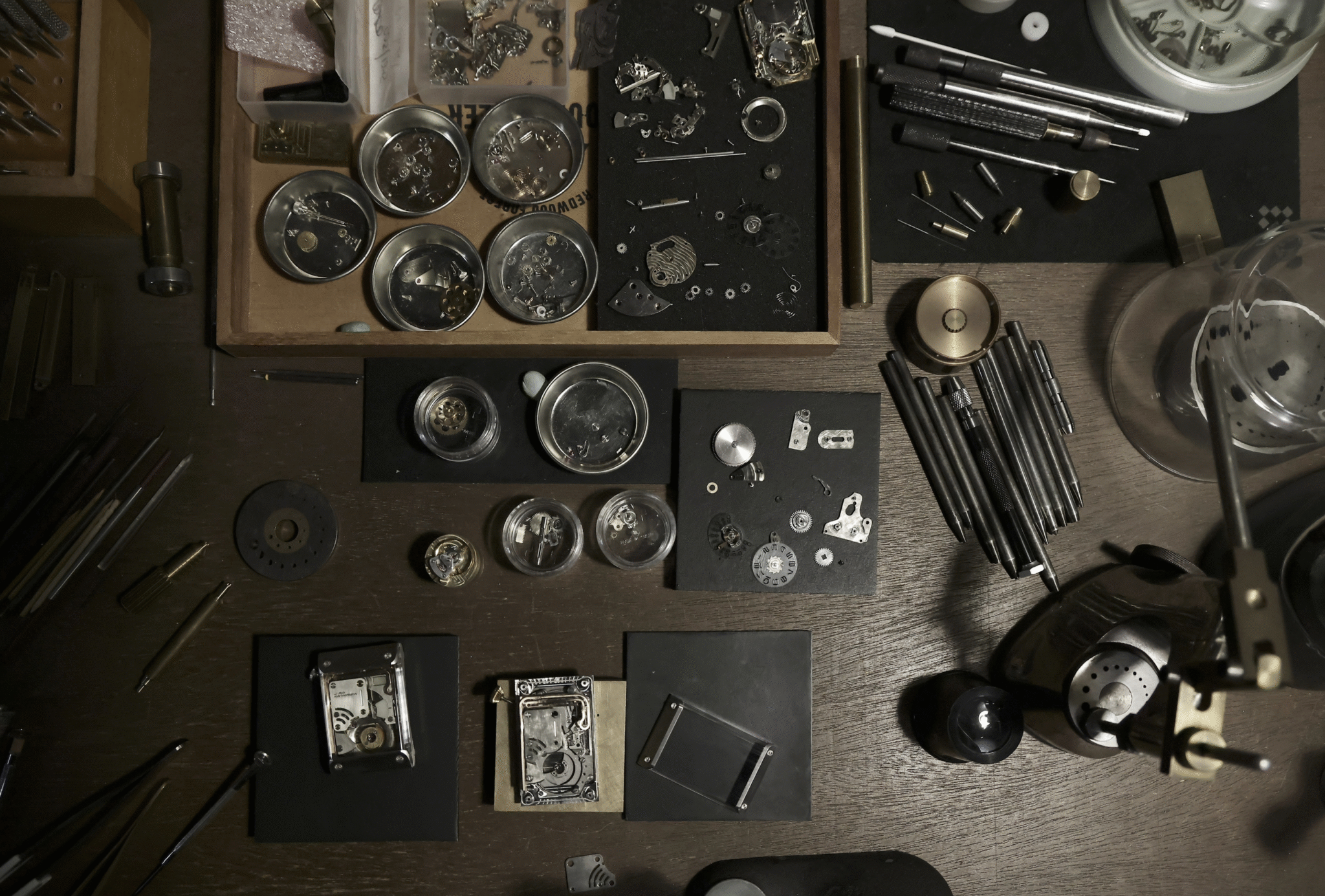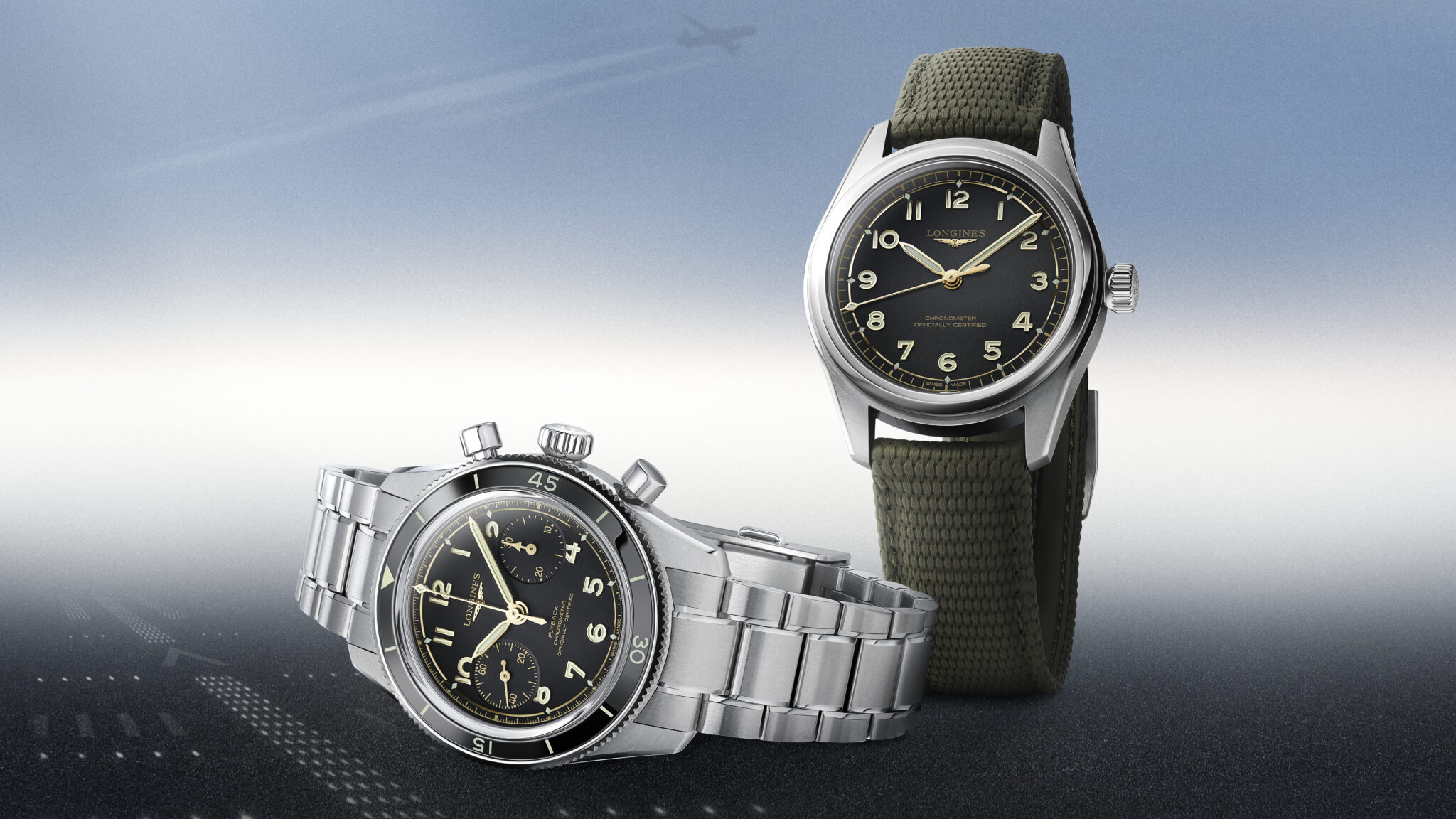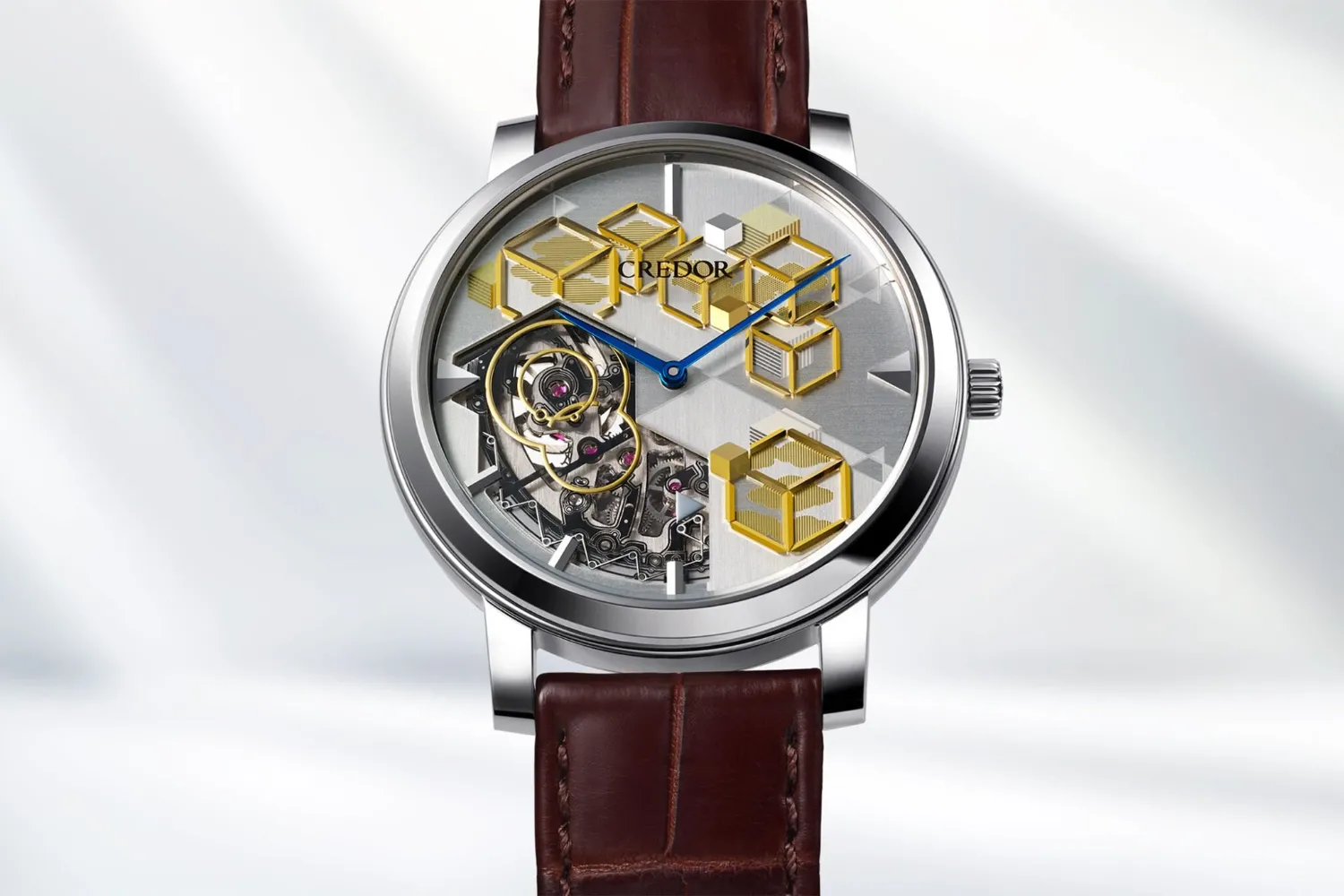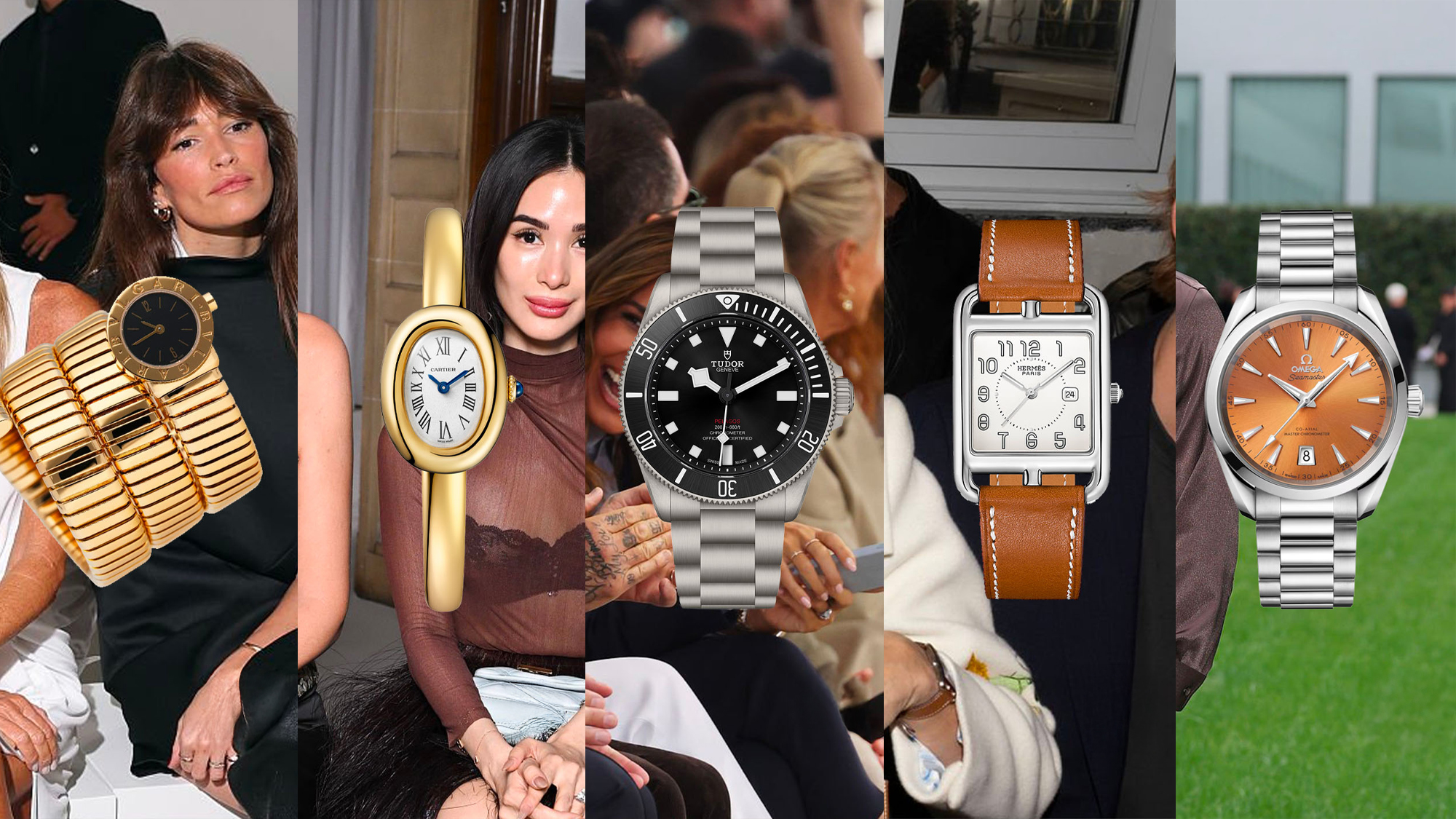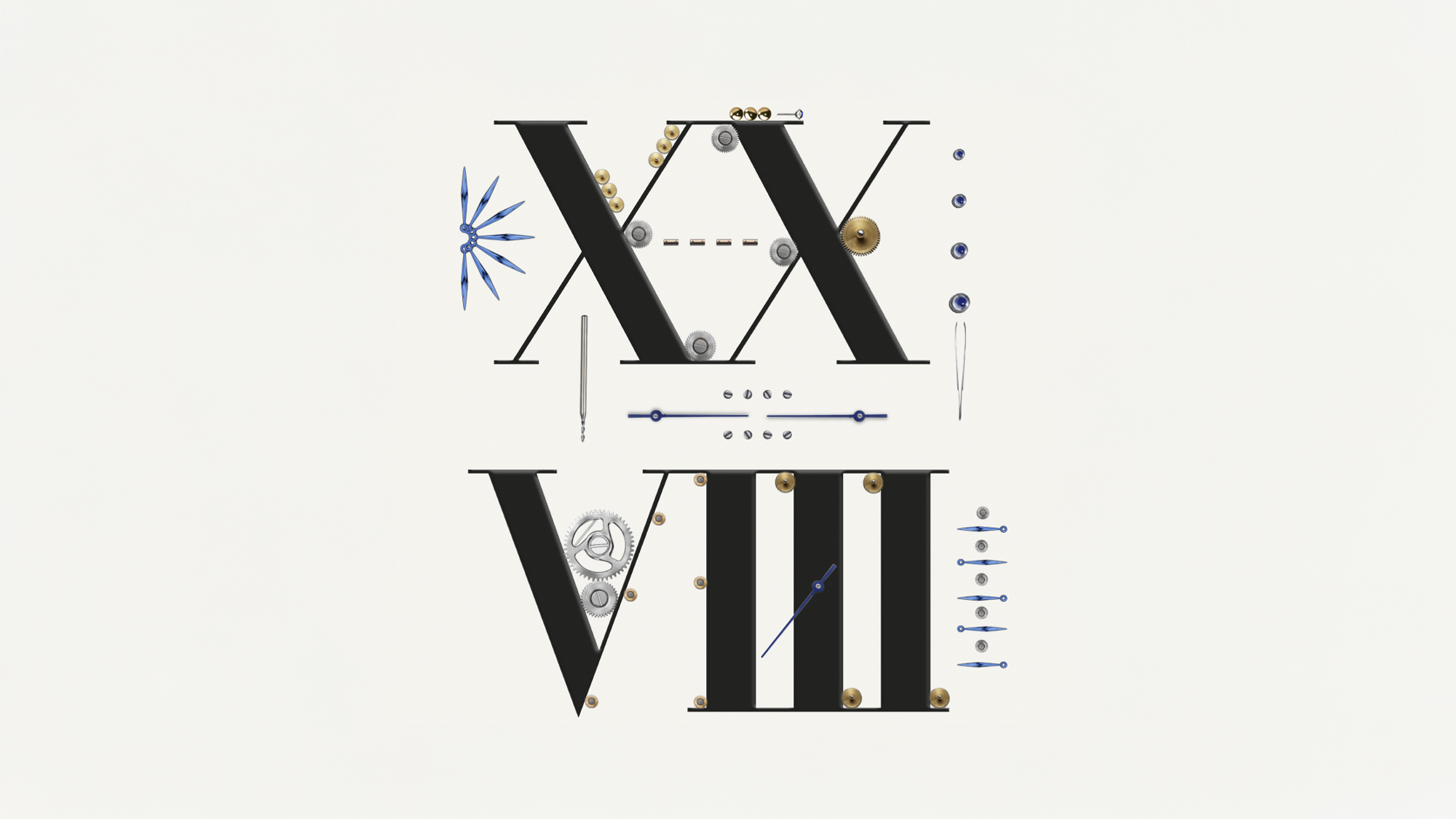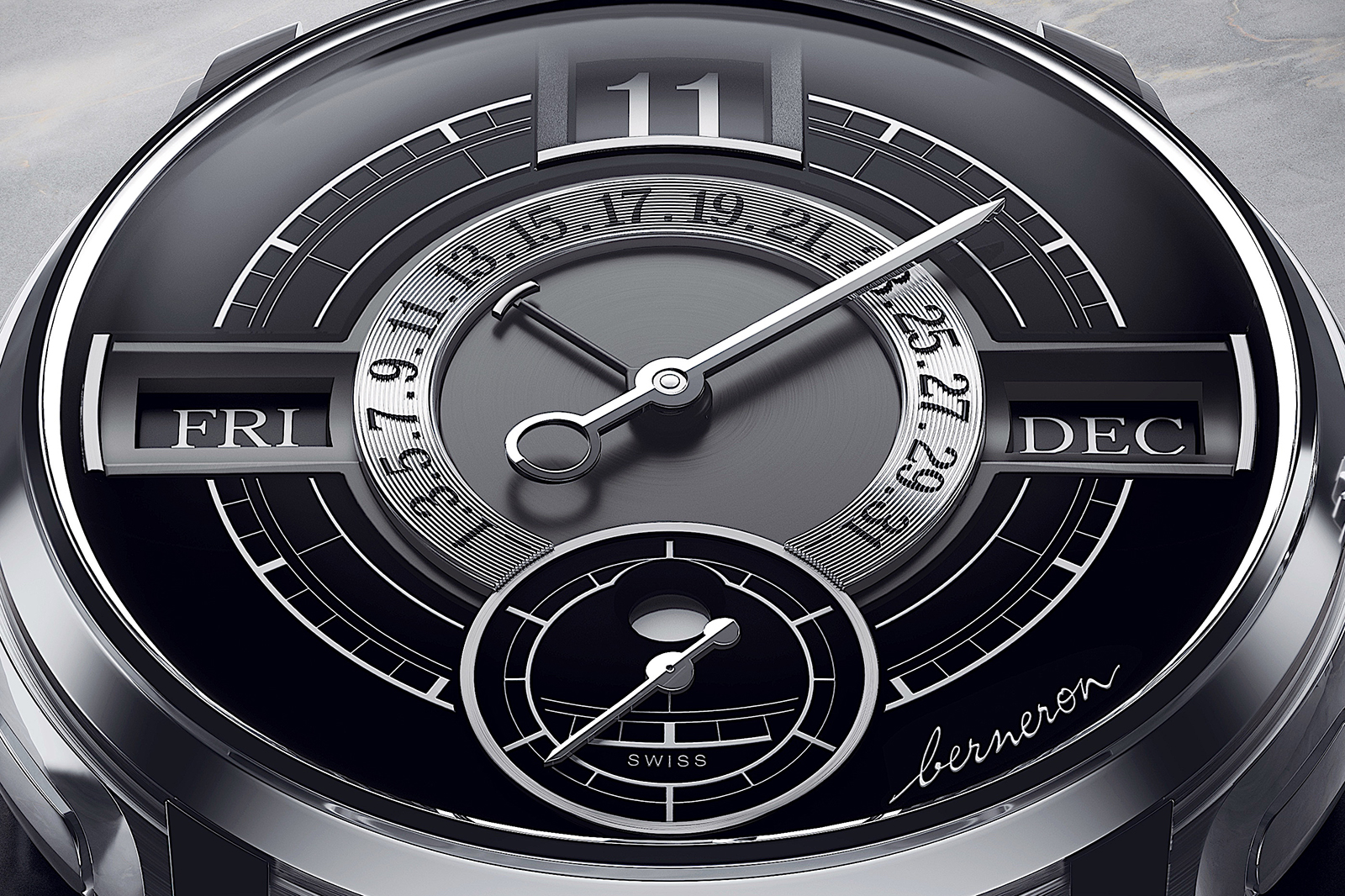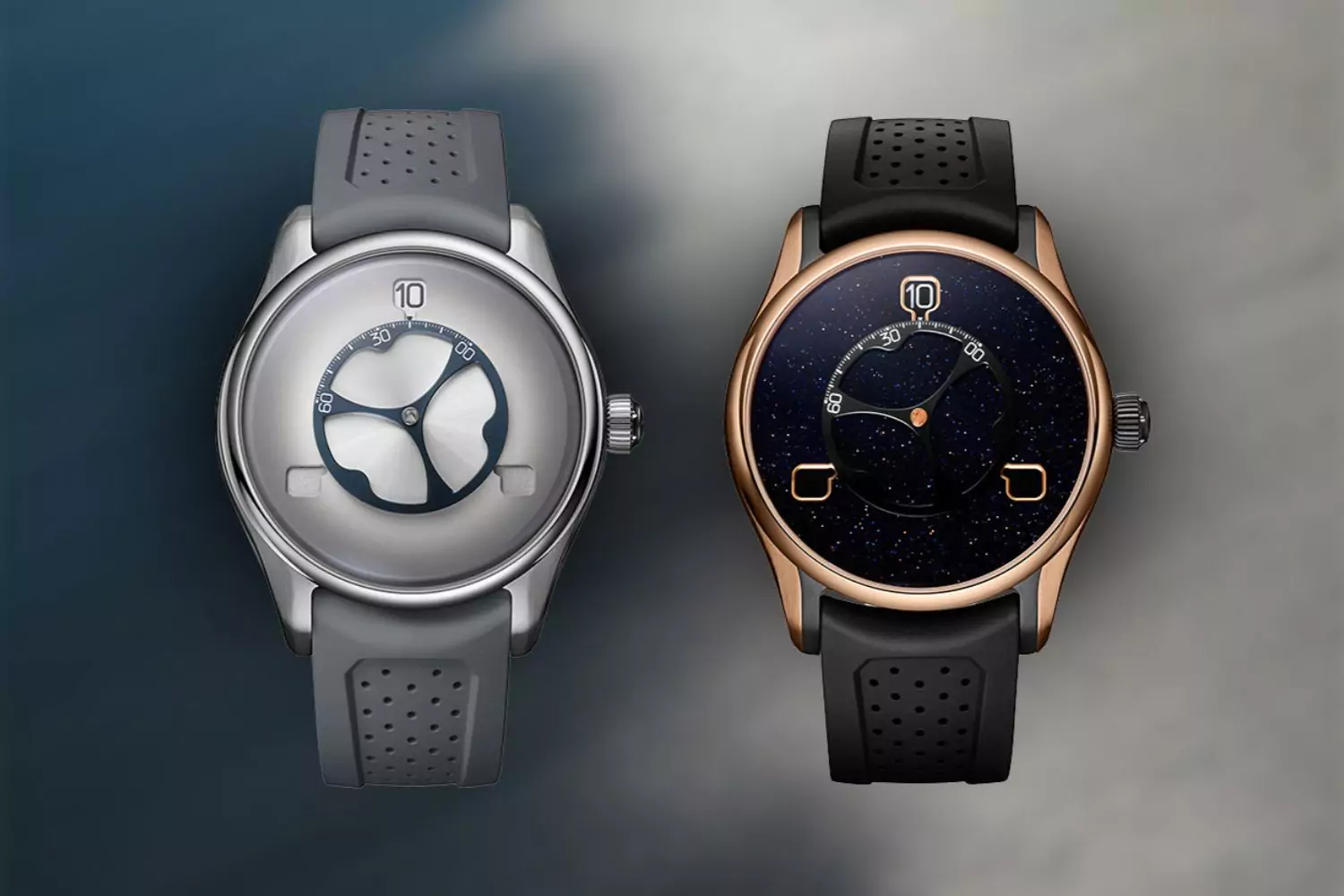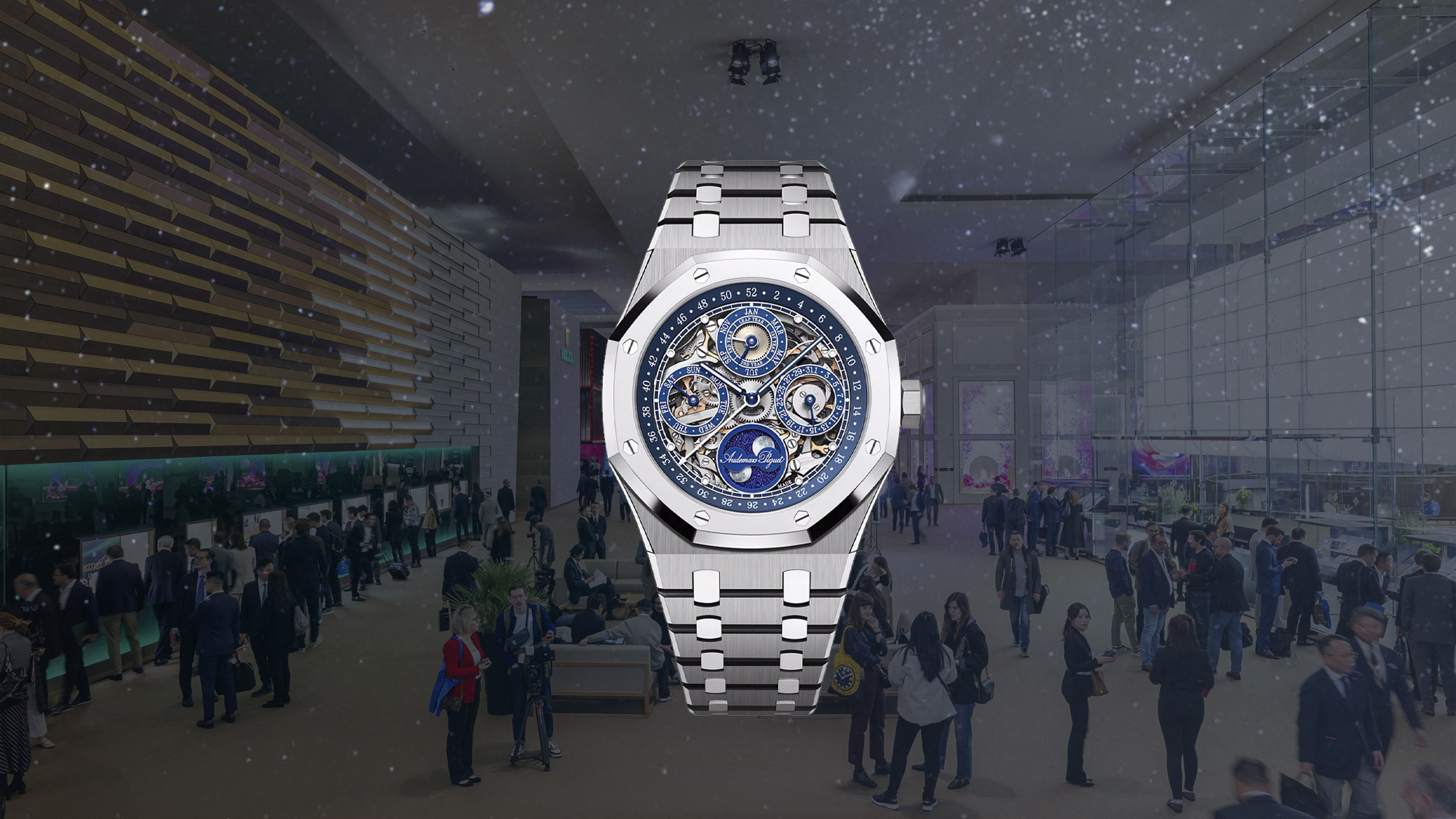When one speaks of Rolex, the name immediately conjures up images of iconic watches, universally recognized for their precision, reliability and timeless design. Prominent among the “crowned house’s” most iconic models are those in the “professional” category, designed for specific purposes and used in historic endeavors when modern technology was not yet available.
Today we talk about a watch that literally “touched the sky,” reaching the roof of the world: the Rolex Explorer, star of the first ascent of Everest in 1953.
Rolex in the 1950s’
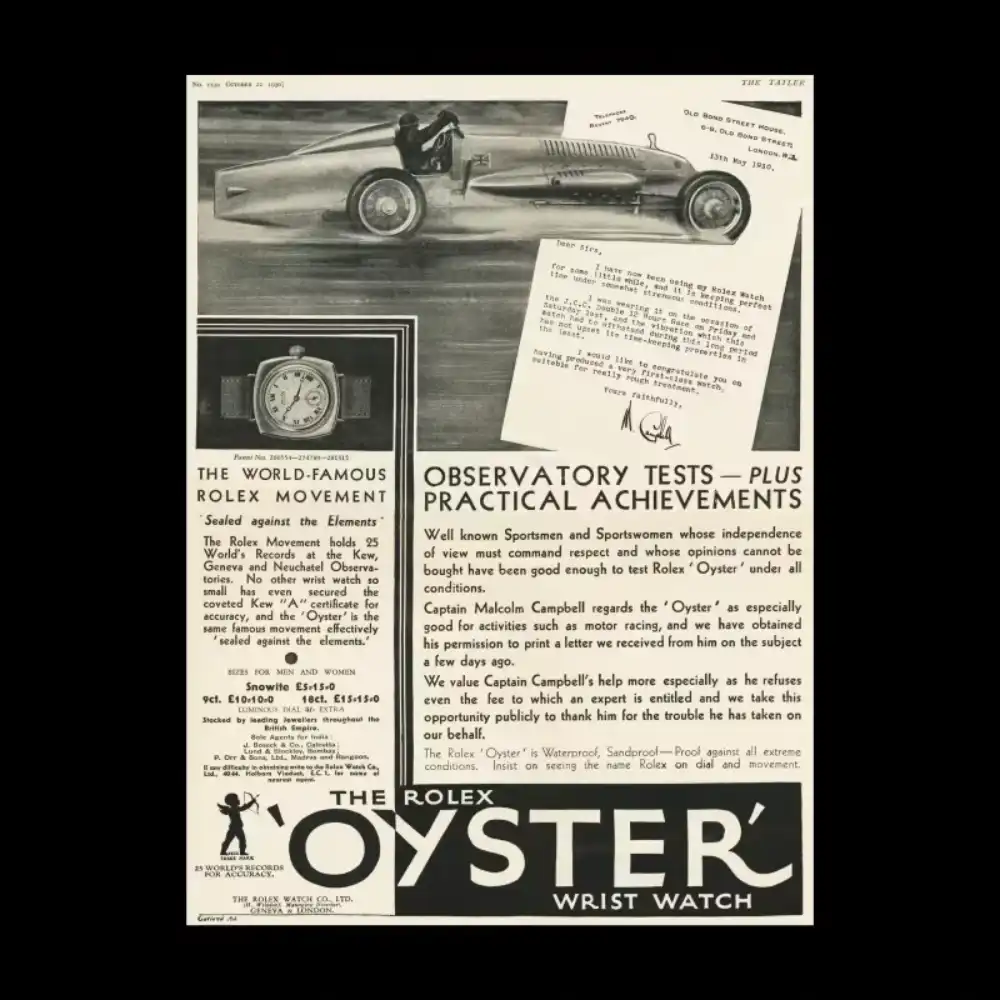
The 1950s marked a golden age for Rolex, with the creation of models that defined the watch industry. It was a period when analog instruments began to become indispensable for tackling extreme activities and unprecedented adventures.
In 1953, in addition to the launch of the legendary Submariner, the first watch waterproof to 200 meters, and the GMT Master, designed for pilots, Rolex introduced theExplorer. A simple but revolutionary model with a black dial with no date display and Arabic numerals (3, 6, 9) for unparalleled legibility.
A feat for man and watch: the story of the Rolex Explorer
On May 29, 1953, Sir Edmund Hillary and Tenzing Norgay reached the summit of Mount Everest, carrying a Rolex Oyster Perpetual. Although not yet the Explorer we know today, this watch proved its reliability in extreme conditions, withstanding glacial temperatures and extreme altitudes. This success marked the link between Rolex and exploration.
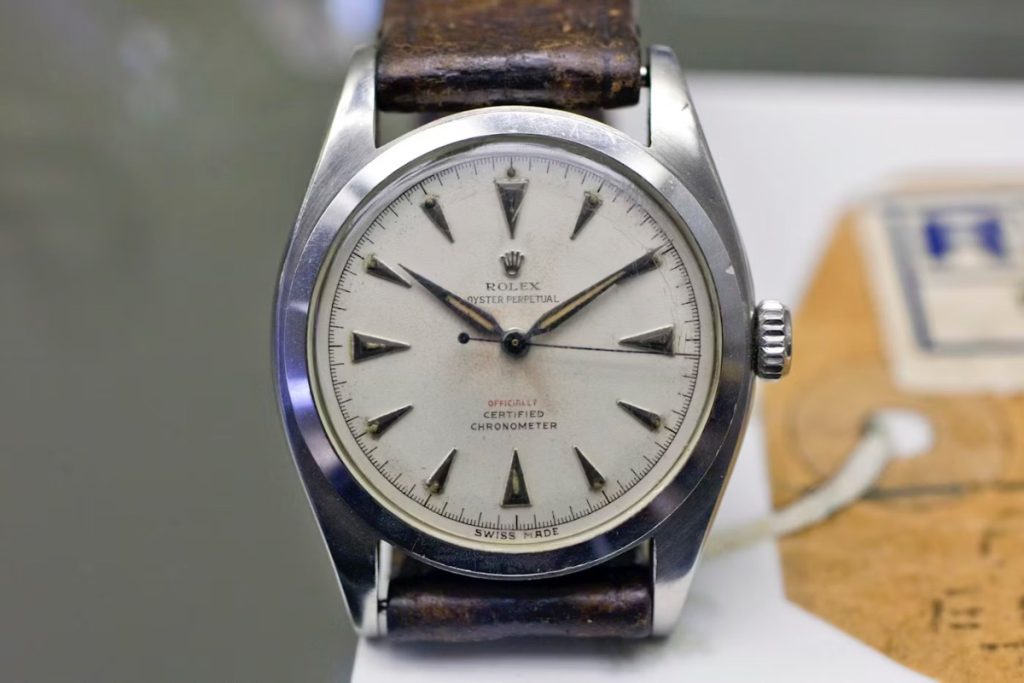
Designed to withstand conditions of high humidity, freezing temperatures and just as scorching as those on the summit of the Himalayas, it allowed the two climbers to know the time accurately. For at that altitude, there are many risk factors, and marking time accurately is critical to survival.
The most significant references of the Rolex Explorer
Among the references that have marked the history of the Rolex Explorer, the one from 1955, the 6610, represents the starting point of its modern evolution. With a 36 mm case and the famous “Mercedes” hands, the Explorer 6610 was the first model to bear the name “Explorer” on the dial, consolidating the brand’s identity. It was a simple and functional watch, but at the same time revolutionary in its minimalist design that would remain intact in later years.
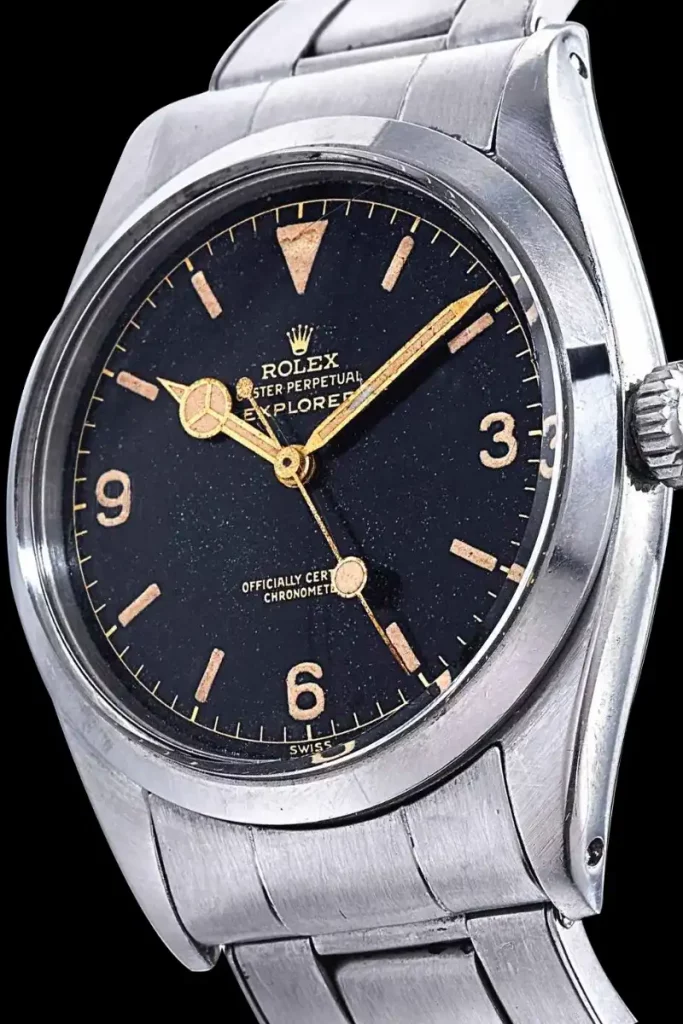
In 1963, with the reference 1016, the Explorer reached full maturity. This model, which remained in production for a full 27 years, embodied all the essential characteristics that make the Explorer an iconic watch: robustness, reliability, and timeless aesthetics. During its long lifespan, Reference 1016 was updated several times, especially in the movement, to keep it abreast of technological innovations.
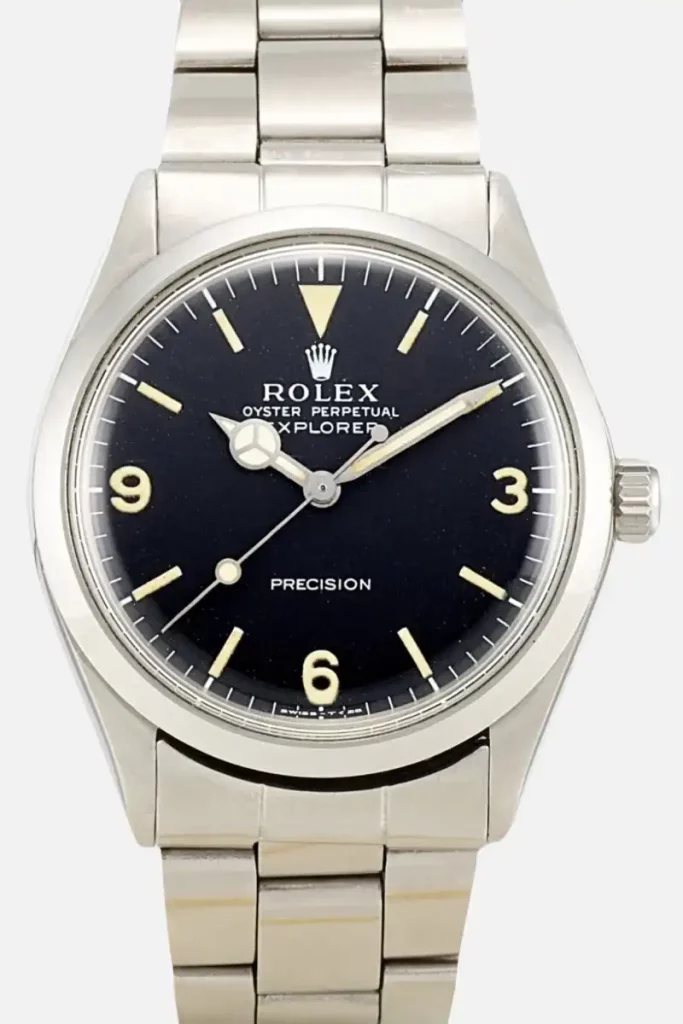
Another important step in the history of the Explorer was the reference 14270, introduced in 1989. With this model, Rolex brought the Explorer into the modern era, introducing a scratch-resistant sapphire crystal, a dial with white gold applied hour markers, and a COSC-certified movement. This watch represented a stylistic evolution while retaining the DNA of the original model.
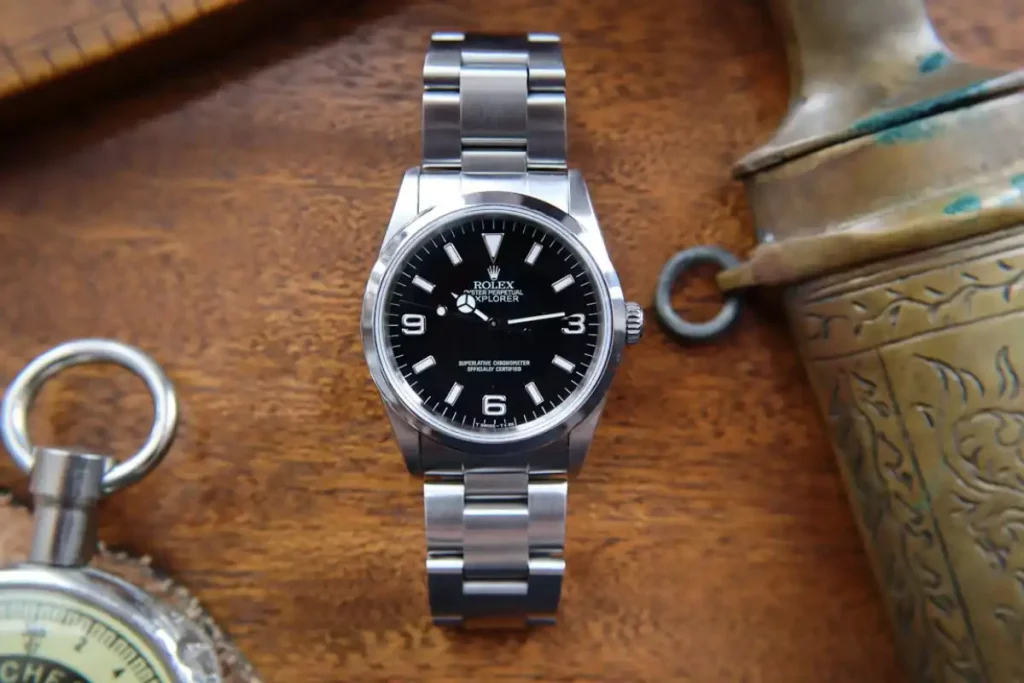
The year 2010 saw a major change with the introduction of Reference 214270, which marked an increase in case size from 36 mm to 39 mm in diameter to fit contemporary trends. This model included advanced technologies such as the blue Parachrom balance spring and Chromalight luminescent materials to improve visibility in low-light conditions, while also replacing the Swiss – T<25 inscription at 6 o’clock with Swiss Made. With its revised design but true to the spirit of the Explorer, this watch represented the perfect blend of tradition and innovation.
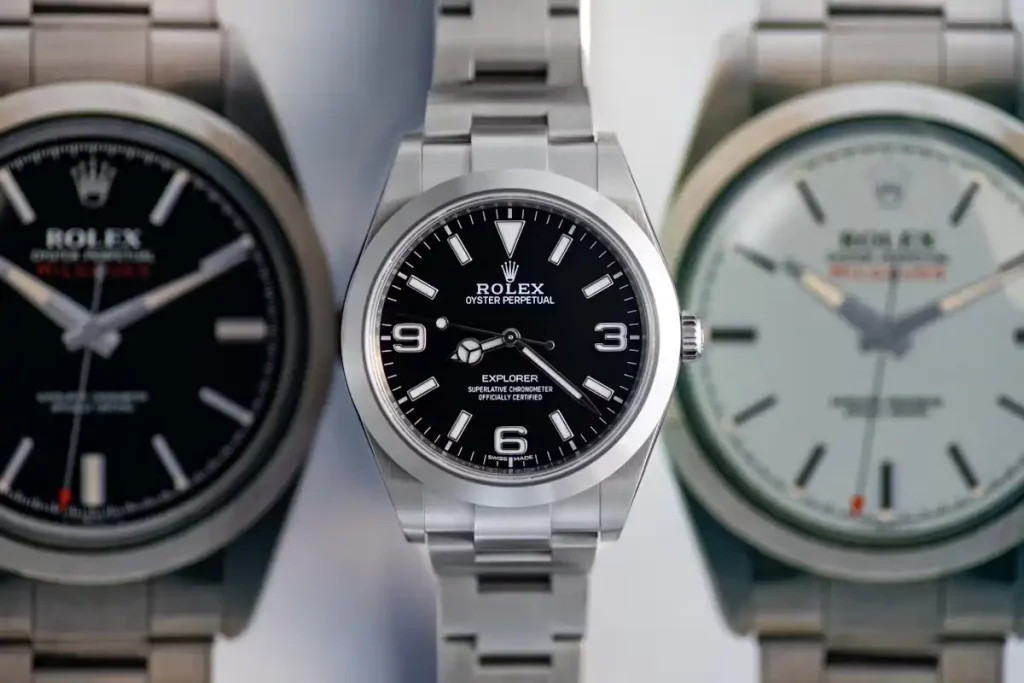
In 2021, Rolex surprises everyone with a return to the 36mm case in the reference 124270, celebrating the origins of the Explorer. This model, equipped with the new Caliber 3230 movement and a 70-hour power reserve, embodies Rolex’s most advanced technologies while maintaining the simple, iconic design that has made the Explorer world famous.
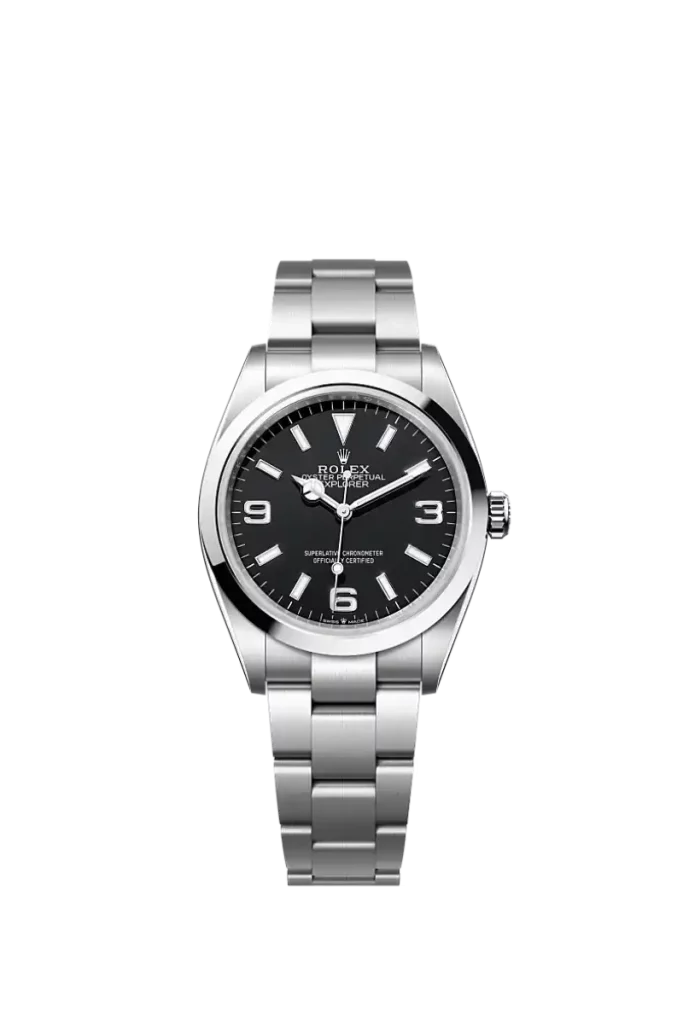
Rolex Explorer II: fear of the dark?
In 1971, Rolex decided to extend the Explorer range with a model designed for even more specific needs, resulting in theExplorer II. This watch was not just an extension of the original line, but a true instrument for those who operated in extreme environments, such as cavers and underground explorers. Designed to cope with low-light conditions and orient themselves in settings where day and night are indistinguishable.
The first reference, the 1655, nicknamed “Freccione” because of its distinctive orange arrow hand, is today one of the most sought-after models by collectors. The 24-hour hand, coupled with the fixed bezel with a graduated scale, allowed a distinction between day and night, an essential function for those who spent long hours in caves or rooms without natural light. The dial, with a clear and legible layout, was complemented by rectilinear hands. The 40 mm Oyster steel case and acrylic crystal completed a design that, while rugged, maintained an understated elegance.
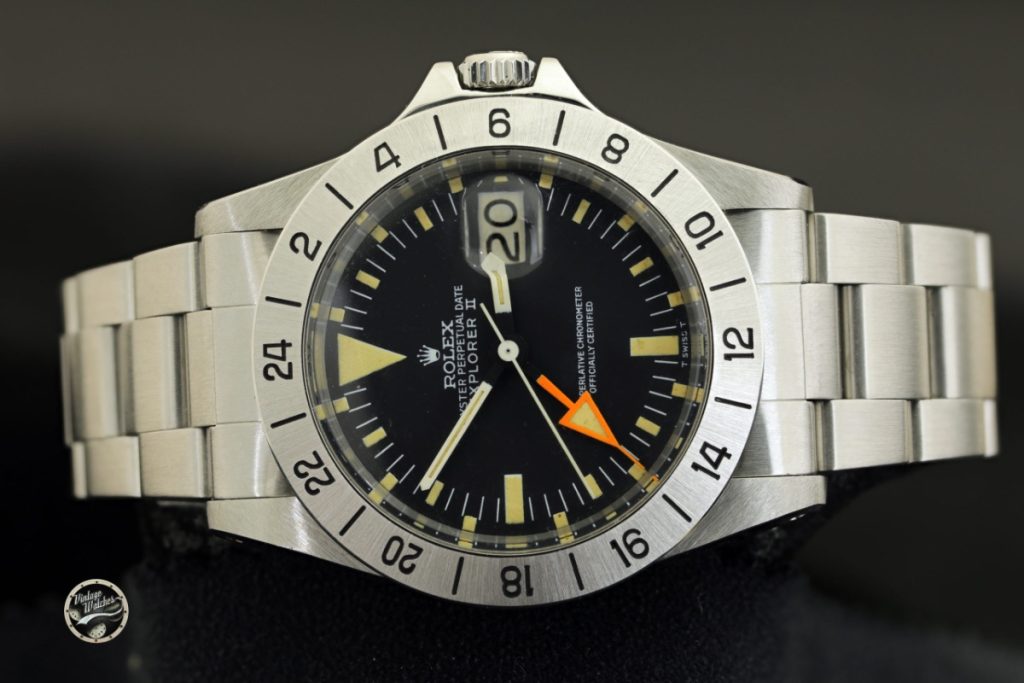
In the 1980s, Rolex introduced the reference 16550, marking a major step forward in the Explorer II line. The hesalite crystal was replaced with a sapphire one, making the watch more scratch-resistant. The movement was also updated, adopting Caliber 3085, which allowed the 24-hour hand to be set independently, turning it into a useful instrument for reading a second time zone. The graduated bezel was made more legible with a more pronounced character, while the dial was enriched with Mercedes hands derived from the GMT Master. This reference was also the first to offer dials in two distinct colors, black and white, making the Explorer II a more versatile option suited to different tastes.
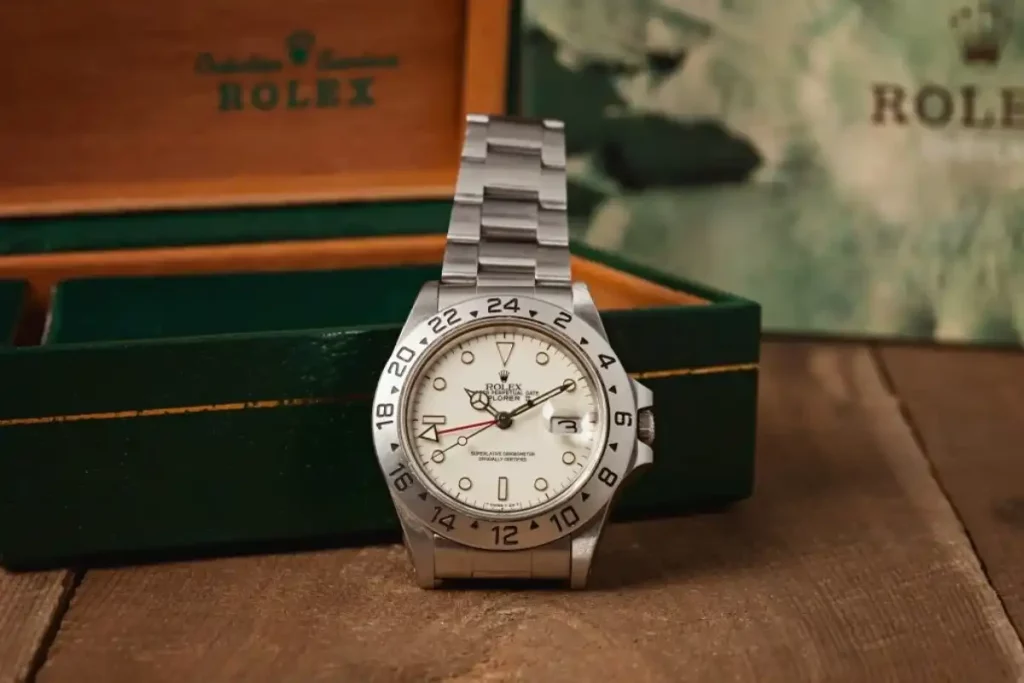
Reference 16570, introduced in the late 1980s and remaining in production until 2010, represented a further refinement. The caliber 3185, and later the 3186, offered greater precision and reliability. During its more than two decades of life, the Explorer II 16570 underwent minor modifications, such as the adoption of more modern luminescent material and updates in the dial wording, but kept its identity intact. The black and white dials, nicknamed “Polar” and “Black,” respectively, became synonymous with this model and helped define its unique style.
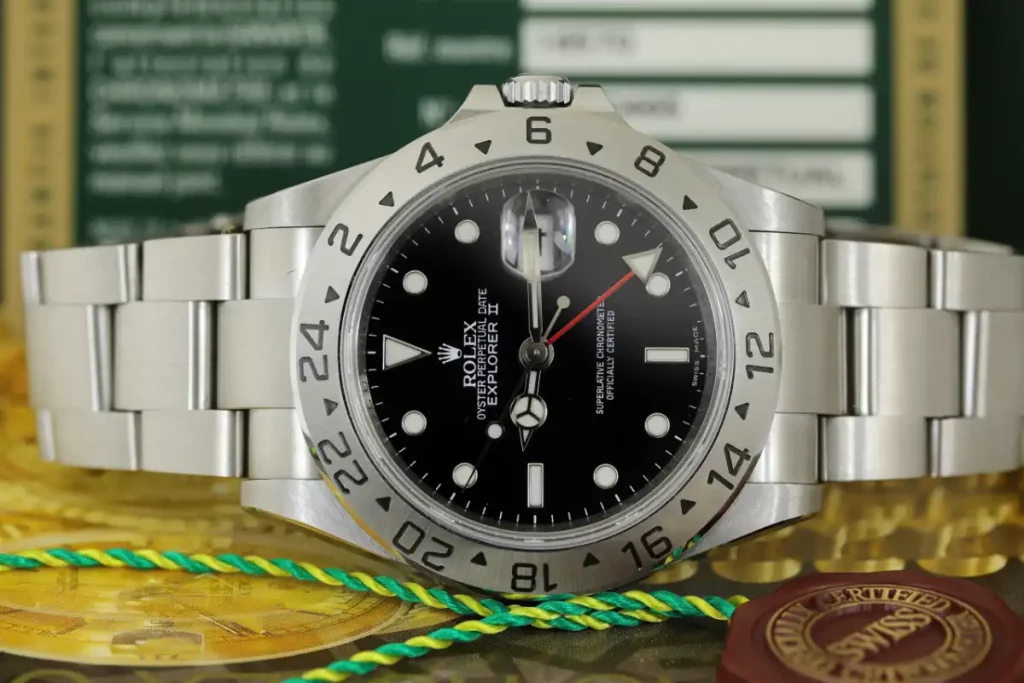
In 2011, Rolex launched Reference 216570, celebrating the 40th anniversary of the Explorer II with a design that recalled the first “Arrow” version. The case was enlarged to 42 mm, adapting to contemporary tastes, and the caliber 3187 brought with it innovations such as the blue Parachrom balance spring and the Paraflex shock absorber system, improving shock resistance and precision. The orange 24-hour hand returned to prominence, along with a dial with Chromalight luminescent material, ensuring optimal visibility even in the most extreme conditions.
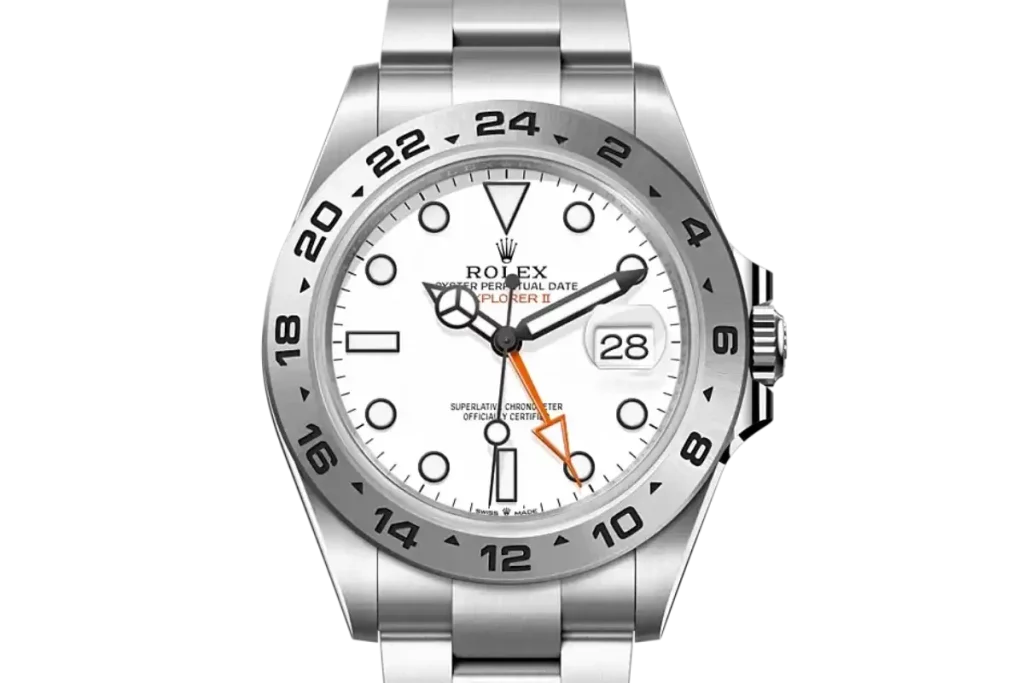
Finally, in 2021, reference 226570 brought further updates, introducing caliber 3285, with power reserve increased to 70 hours and a Chronergy escapement for greater energy efficiency. The fixed bezel is made more legible with an aesthetic that combines modernity and tradition. With this version, Rolex has reaffirmed the Explorer II’s role as one of the most important and versatile sports watches in its range.
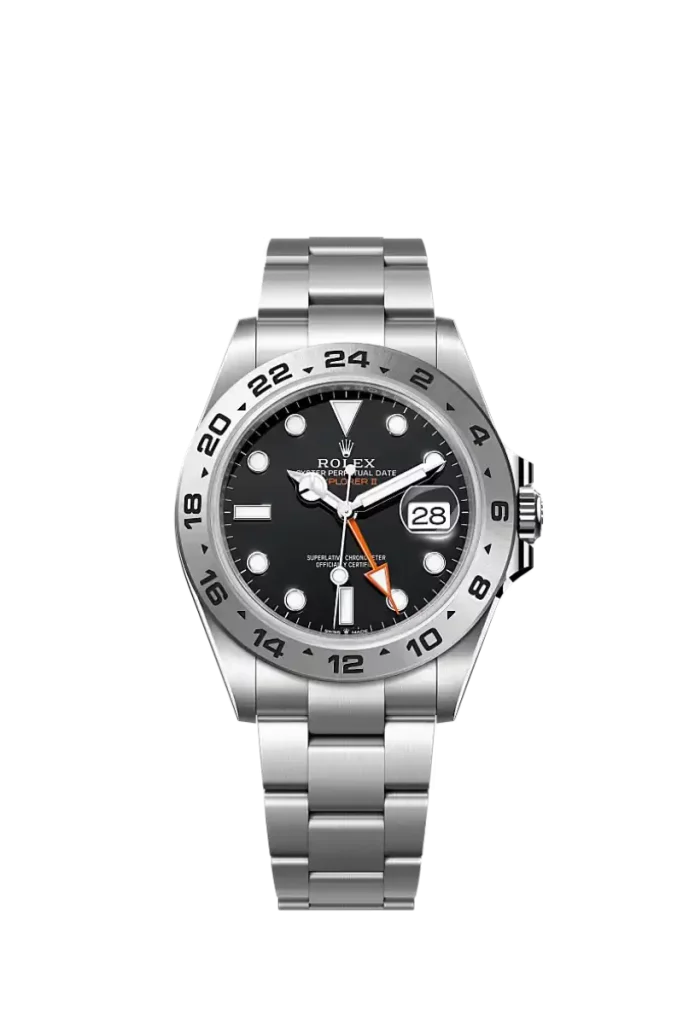
Visit our Youtube channel to experience the best of the world of watchmaking firsthand.
For all real-time updates follow us on Instagram.

